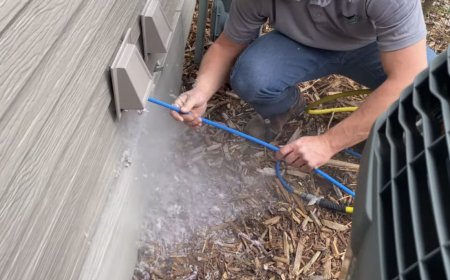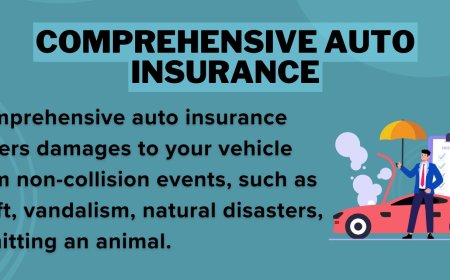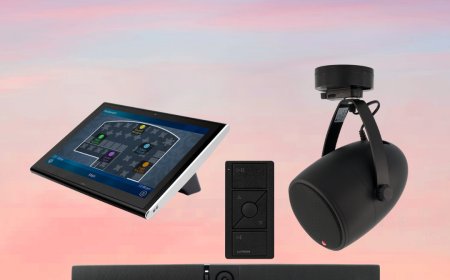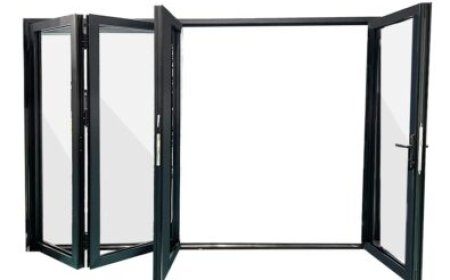10 Ways to Improve Fuel Efficiency Across Your Fleet
Fuel prices don’t take days off, and if you're running a fleet, you already know that every extra mile per gallon adds up fast. Whether you’ve got five trucks or fifty, improving fleet fuel efficiency is one of the most immediate ways to cut costs and keep cash flow steady
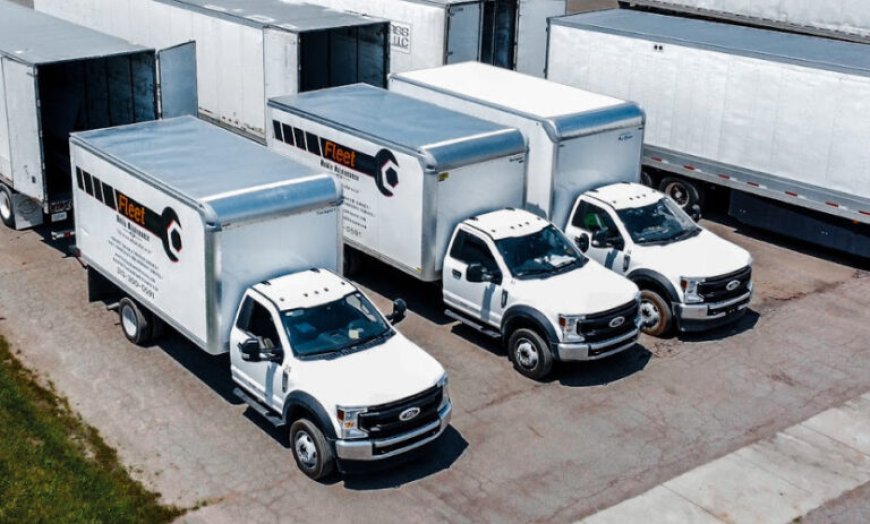
Fuel prices dont take days off, and if you're running a fleet, you already know that every extra mile per gallon adds up fast. Whether youve got five trucks or fifty, improving fleet fuel efficiency is one of the most immediate ways to cut costs and keep cash flow steady. For self-made fleet owners, operations managers juggling three roles, or presidents looking to tighten expenses without cutting corners, this isnt optional. Its survival.
The good news? No special technology and hours-long reports by an analyst are necessary to begin saving. All you need is a keen eye, a working strategy, and the desire to make a couple of adjustments everywhere. Now, it is time to move to the practical aspects of enhancing the fleet's fuel efficiency. The tactic that would boost the efficiency of the fleet, regardless of whether you deal with local trips or long-haul freight.
1. Optimize Route Planning and Stick to It
Each unnecessary detour consumes fuel and time. Planning the most fuel-efficient routes should be done with your TMS (as long as you have one), Google Maps, or even with free mobile applications. Factor in:
-
Traffic situation
-
Grades of the roads
-
Avoiding traffic-prone places
-
Reducing problems with stops and high idling stop-and-go routes
Improper route planning can make your fleet fuel guzzlers by as much as 10%, and it is among the simplest problems to solve.
2. Limit Idle Time
Some drivers still believe idling keeps the truck ready. But idling for more than 10 minutes is just pouring money out the exhaust. Train drivers to shut off the engine during long waits and enforce anti-idling policies at terminals or job sites. Install idle-reduction tech if it fits your budget. Minimizing idle time is an aid to fleet fuel efficiency and ELD compliance.
3. Invest in Preventive Maintenance
Air filters that God fears, tires that are not exposed to the air, and engines that are not dusted, not only kill the engine, but also kill the fuel mileage. Create a routine check-up plan and adhere to it. This includes:
Frequent oil change
Check tire pressure
Cleaning of the fuel injector
Alignment services
Well-maintained trucks will enhance the fleet's fuel efficiency as well as cut downtime, which no hustler can afford.
4. Use Cruise Control When It Makes Sense
The cruise cannot only be used to make you feel cozy, but it can also be used to avoid accelerating too fast and maintaining unstable speeds, which are the two causes of major fuel waste. On straight roads that have a flat highway, cruise control maintains a constant speed and achieves the highest miles per gallon. Simply warn your drivers against using it on hilly and icy roads.
5. Train Drivers for Fuel-Smart Habits
Driver behavior plays a massive role in fuel consumption. Thats why coaching your team on habits like:
-
Smooth acceleration
-
Coasting to a stop instead of hard braking
-
Reducing jackrabbit starts
-
Shifting efficiently (in manual trucks)
can make a real impact. A fuel-smart driver can be 20% more efficient out of the same rig as compared to an aggressive one.
6. Track MPG by Driver and Vehicle
What you measure, you can improve. Use your ELD system, onboard telematics, or even spreadsheets to track each trucks miles per gallon. Flag underperformers and figure out why. Is it the driver? The truck? The routes? This is how data can help you run leaner without fancy dashboards or reports. And once you start tracking fleet fuel efficiency, youll know where the real leaks are.
7. Use Fuel Cards with Reporting Tools
Fleet fuel cards like WEX, Fleet One, or RTS dont just offer discounts; they give you reporting tools. You can monitor fuel purchases, track trends, spot unauthorized spending, and even compare MPG by truck. For a Logistics Hustler trying to keep tabs on expenses without hiring a full back office, this is a simple win.
8. Upgrade to Fuel-Efficient Tires
Tires make more of a difference than most operators realize. Low-rolling-resistance tires are designed specifically to improve fuel economy. Yes, theyre a bit more expensive up frontbut they pay for themselves in fuel savings over time. Also, always keep your tires properly inflated. Even a few PSI too low can burn 12% more fuel.
9. Reduce Unnecessary Weight
Every pound you carry burns fuel, and most fleets have some dead weight in toolboxes, equipment, or just cluttered cabs. Do a walk-through of your fleet and see what can be stripped down. Lightweighting your trucks, where possible, is a quick way to bump up fleet fuel efficiency without investing in new vehicles.
10. Consider Aerodynamic Add-ons
Depending on your setup, adding things like:
-
Trailer skirts
-
Cab extenders
-
Roof fairings
-
Nose cones
can cut drag significantly. These might not make sense for short-hauls or local routes, but for over-the-road operations, they can reduce fuel consumption by as much as 7%. Again, it is not a tool worth its price except in the case of fleets that operate high-mileage lanes.
Bonus Tip: Set Goals and Share Results
Want drivers to buy in? Show them the numbers. Set monthly fuel efficiency goals by team or truck and reward top performers. Bonuses, equipment, and even a leaderboard will transform the fleet fuel efficiency into a team contest, which makes it accountable and proud. Give the drivers a reason to care so that they want to win.
To Conclude: Start Small, Save Big
Increasing the fleet's fuel efficiency does not need a total redesign. A few improvements in routing, the disciplines of drivers, or maintenance schedules can save you thousands of dollars on fuel costs in a single year. To the operator who is hands-on in his fleet, the operations manager who is a multitasker, or the company president who is not a fan of fooling around, it is juicy fruit with high ROI.
The best thing is? You will spend little or nothing in the initial stages of most of the steps. It does not mean adding in more or doing more; it means being smarter in how we run. Therefore, in case you are already wearied of fuel expenses nibbling at your margins, then it is time to screw the knob and tune up your strategy. But a more efficient fleet is not only beneficial to your bottom line: it puts you ahead of the others in a competitive business whose margins are thin.














